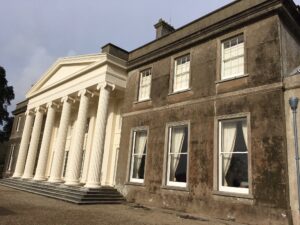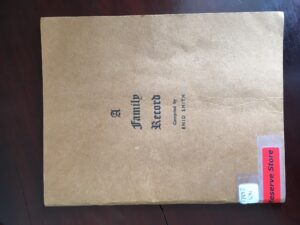The first of Jane Cable’s monthly post charts acquisition and initial research
 There is always a fascination with how books are written, but so very often when they’re started an author doesn’t know whether they will see the light of day so we’re unwilling to share what could be a disappointing journey. But as I signed the contract with Sapere for my second Cornish Echoes novel, The Lost Heir, in April, I thought I would tell the story of its creation too.
There is always a fascination with how books are written, but so very often when they’re started an author doesn’t know whether they will see the light of day so we’re unwilling to share what could be a disappointing journey. But as I signed the contract with Sapere for my second Cornish Echoes novel, The Lost Heir, in April, I thought I would tell the story of its creation too.
All the Cornish Echoes books will be standalone dual timeline romantic mysteries with one foot in the present and the other in the Poldark era (as I like to think of it), or the Regency period (for the purposes of Amazon classification). It was a fascinating time in Cornwall’s history when mine owners were making fortunes and building houses to prove it but there was still an element of lawlessness in the Cornish spirit. You’ve probably read or seen Poldark, so you will know what I’m talking about.
 Each book is based around one of these great houses and at least some of the people connected with them – both in the early nineteenth century and the present day. The first, The Forgotten Maid, takes its inspiration from Trelissick, now owned by the National Trust and open to the public. For The Lost Heir it’s Tehidy, which burnt down in 1919, had a hospital on the site for almost seventy years, and is now a country park.
Each book is based around one of these great houses and at least some of the people connected with them – both in the early nineteenth century and the present day. The first, The Forgotten Maid, takes its inspiration from Trelissick, now owned by the National Trust and open to the public. For The Lost Heir it’s Tehidy, which burnt down in 1919, had a hospital on the site for almost seventy years, and is now a country park.
Sapere acquired the book on the basis of an outline, which for me means a four page summary of the characters, setting, history and plot. I had very little of the 1810 story but had discovered that the daughter of the house, Frances, remained unmarried – most unusual at the time, especially given the baronetcy was drawn up to pass through the female line as well. You could say my curiosity was piqued.
So in May the detailed research began and initially it involved a great deal of walking. Luckily my husband and I really enjoy it, so we tramped paths old and new to us both within the country park and around it; along the fabulous North Cliffs which run a field’s width from Tehidy’s boundary, then heading out to discover the farmhouse where important characters would live, and down old tracks into the harbour village of Portreath. All valuable settings for both timelines.
Alongside this I set out on some internet research into the history of Tehidy and the Basset family in the Poldark era. To my great delight I unearthed the possible existence of an illegitimate son, William. And the more I dug, the more certain it seemed he existed and what’s more, led a pretty colourful life.
 His and Frances’ father was no slouch in that respect either, but as one of Cornwall’s most famous landowners it was easy to track down information about him. The online catalogue of Cornwall’s library system has an excellent search engine and through it I discovered books which mentioned him and a slim volume all about him, including accounts of how his household was run and guests’ impressions of the family and their magnificent home. Gold dust for a writer. The era – and the plot – were filling out.
His and Frances’ father was no slouch in that respect either, but as one of Cornwall’s most famous landowners it was easy to track down information about him. The online catalogue of Cornwall’s library system has an excellent search engine and through it I discovered books which mentioned him and a slim volume all about him, including accounts of how his household was run and guests’ impressions of the family and their magnificent home. Gold dust for a writer. The era – and the plot – were filling out.
But if these books were gold dust, a footnote in one of them led me to the actual gold. A family memoir of the type I assumed I would need to go to Kresen Kernow, Cornwall’s archives, to ferret out. But no, here it was in the library catalogue and it popped up at Truro branch within a few days. And it started with William. Lots about William. But to tell too much would spoil the story…
